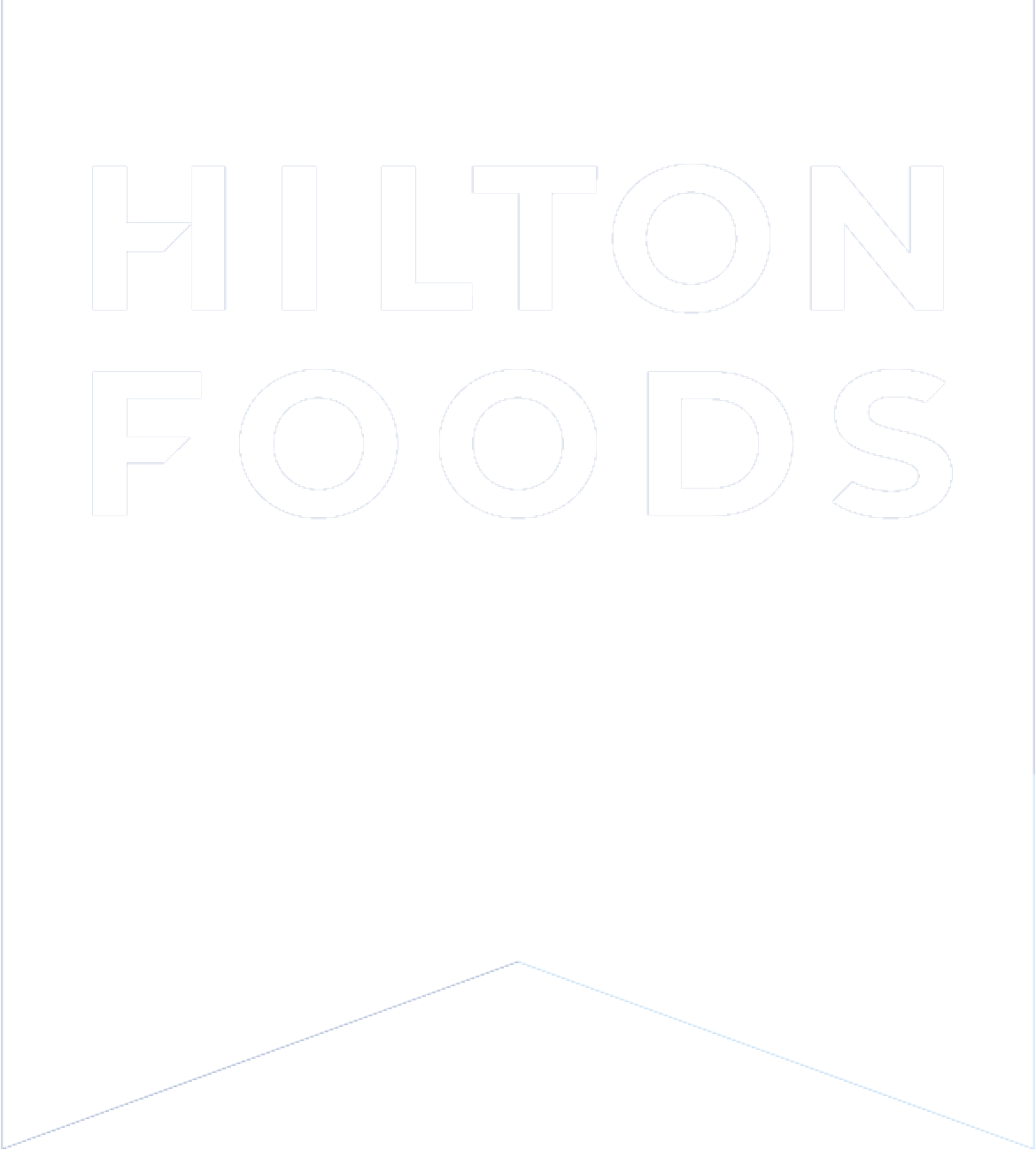MORE FROM OUR CHANGEMAKERS

91% of their disposable packaging is crafted from paper or compostable materials
91% of their disposable packaging is crafted from paper or compostable materials
Aramark has made significant strides in reducing plastic consumption, with a notable decrease from 19% of their food packaging category in the F21 financial period to just 9% in F22. While they are committed to sustainability, they face challenges in controlling the waste stream for their business, which limits their ability to measure data as comprehensively as desired. Despite these challenges, the company has made substantial progress in sustainable packaging. An impressive 91% of their disposable packaging is crafted from paper or compostable materials. Furthermore, all disposable packaging sourced through their preferred supply base contains a minimum of 35% recycled content, highlighting their dedication to environmentally responsible practices within their operations.
Aramarks Plans for 2023
Aramarks Plans for 2023
The aim is to further cut plastic packaging usage by 5% in 2023 through a shift to paper or reusable options. They are also focusing on aligning with clients' waste stream management systems, prioritising compostable packaging that allows for recycling even with food residue. In the bottled water and soft drinks category, they are actively reducing virgin PET usage. Additionally, they've joined WRAP, a UK-based organisation dedicated to reducing food waste, emphasising their commitment to sustainability.


Case Study
ABP
All avoidable single-use plastics are being phased out across our business with respect to catering activities on-site. We have introduced reusable options where possible or alternative material options.
Read Case Study


Case Study
Nomad Foods
We have down gauged film from 15 to 12.5 micron on all our pizza products. This project has delivered a total annual reduction of 93 tonnes.
Read Case Study


Case Study
Hilton Food Ireland
Significant progress has been made in waste reduction and sustainability efforts.
Read Case Study

